As mass tourism spreads throughout Europe, more and more people are looking for ways to avoid crowds, and campers are no exception.
Despite the higher level of amenities that they might offer, official campsites can get a bit busy. It is no surprise, then, that wild camping is taking off in Denmark.
However, it’s important to note that there is no “right to roam” that would guarantee your right to set up camp in the Danish wilderness (such rights are relatively common in Scandinavia – in Norway, the allemannsretten (“everyman’s right”) allows people to roam uncultivated land in the country freely).
That means that you can enjoy wild camping only in designated areas in forests or nature where the authorities allow for it.
Fines for camping outside of these areas can go up to ca. 4,000 kroner, so there’s no need to push your luck – especially as there are over 1,000 designated areas for wild camping, which means you’ll be able to find a number of unique natural camping opportunities.
However, should you decide to opt for such an experience, it’s important to follow the rules that regulate wild camping.
The four options for wild overnight outdoor stays
Staying overnight in the outdoor area owned by the Danish State is regulated, and the Danish Nature Agency provides campers and other would-be visitors with guidelines.
There are four options for outdoors enthusiasts to explore if they plan to stay in the Danish outdoors overnight – and while some are truly wild, other offer some basic facilities (such as lean-tos).
The first is sleeping outside on the forest floor. As the Nature Agency points out, visitors to Danish forests can sleep on a mat, in a sleeping bag, with a blanket or tarp, or a hammock.
If you’re using a tarp, note that it can’t have the same function as a tent, and you need to be especially attentive in setting it up in a way that it doesn’t damage the surrounding plants.
Your second option is to opt for small primitive campsites (primitiv overnatningsplads in Danish). These can also have a lean-to, often with water and basic toilet options.
In order to identify a small primitive campsite, use this website (just remember to pick the right option). A small primitive campsite might be a good choice if you’re planning a short camping trip (there’s a limit of 2 overnight stays) in a small group. Generally speaking, these sites will have enough space to set up between four and eight tents.
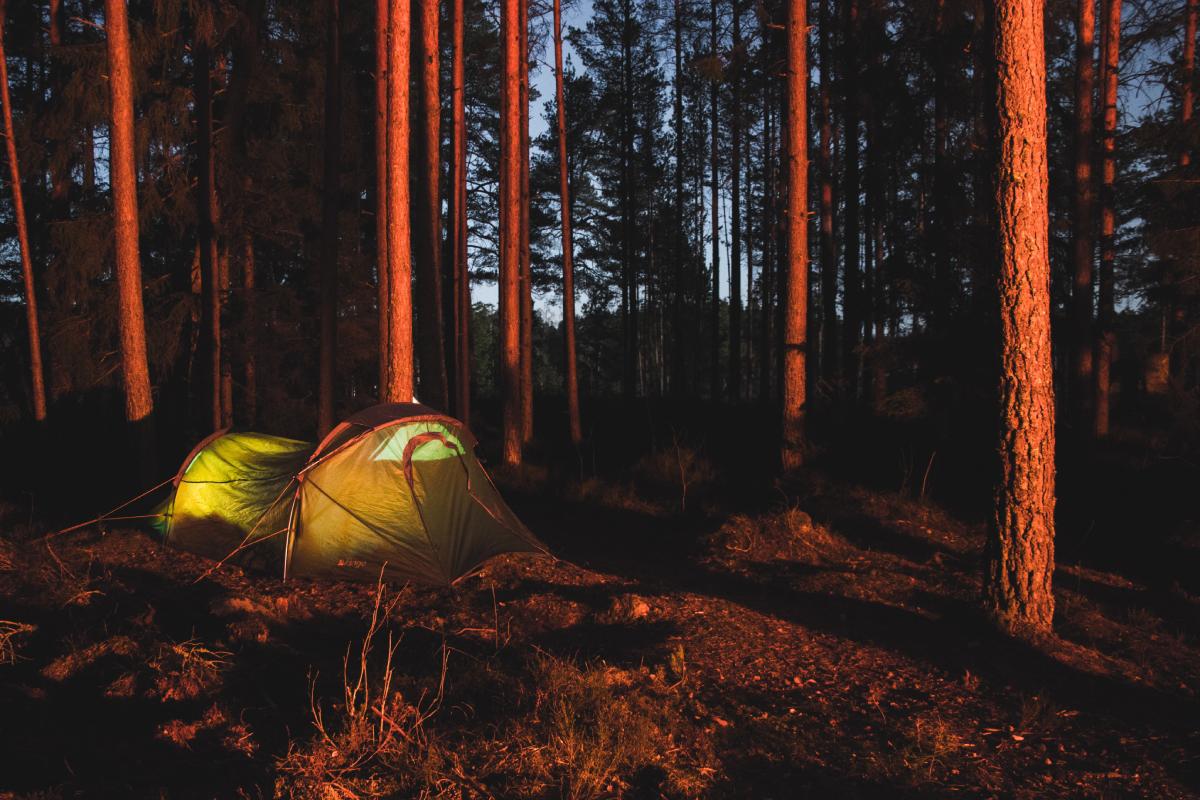
The third option is well-suited for large groups, as the name – large primitive campsites (lejrplads in Danish) – suggests. You can find these sites, and pre-book them, on the webpage of the Nature Agency.
These campsites can be pre-booked for groups of 15 persons or more. Booking comes with the advantage of getting priority to the lean-tos on the site. However, if you don’t pre-book, you’ll still be able to use the remaining spaces and lean-tos and set up your tents on the site.
Last but not least, there’s ‘free tenting’ (fri teltning in Danish).
Under the rules governing camping with tents in specified forest areas, the Danish Nature Agency has designated over 275 woodlands in the country where people can set up their tents and stay the night.
The term for doing so in Danish is fri teltning, which can be translated to free tenting.
You can find the areas designated for free tenting on this map provided by the Nature Agency.
Key rules to remember
Overnight stays in Denmark in any of the four abovementioned options are free, but there is usually a limit to the number of nights you’re allowed to spend at each location.
As these are wild spots with pristine nature, access is usually not allowed for vehicles (unless there’s a special sign indicating otherwise on-site or if you carry a special permit), and you need to pick up any trash behind you before leaving.
The bird breeding season in Denmark usually spans from March to August. During this period, there may be additional limitations on camping in specific areas and along certain Danish coastal areas.
In the forest, you can gather dry branches and twigs from the ground for your fire, but cutting down firewood is prohibited. Additionally, you are permitted to collect woodland plants, berries, and fruit – as long as it’s for your personal consumption.
Make sure to read up on the Danish Nature Agency’s detailed guidelines regulating wild camping before you embark on your camping trip.


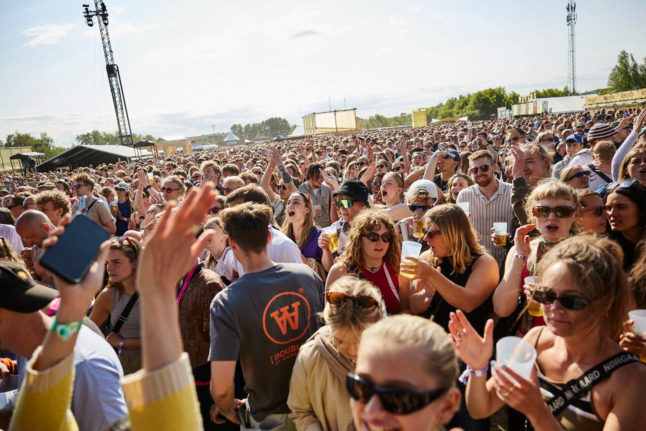
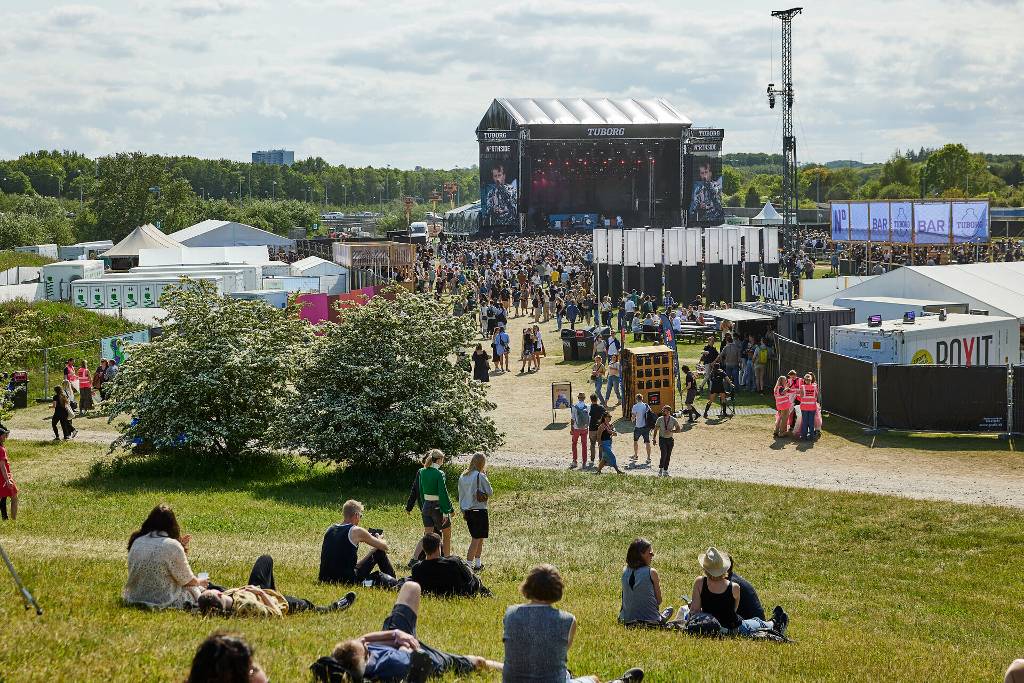

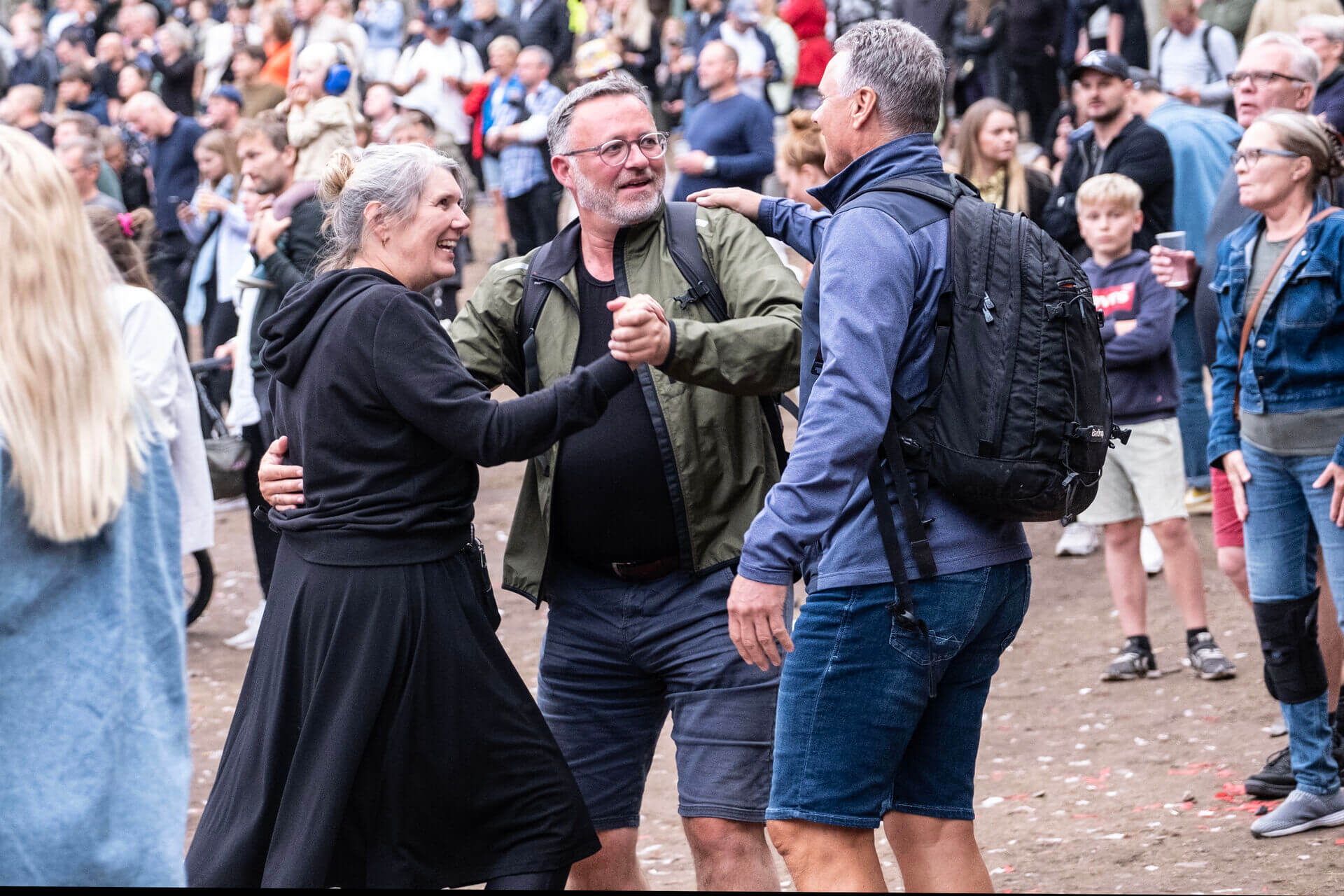
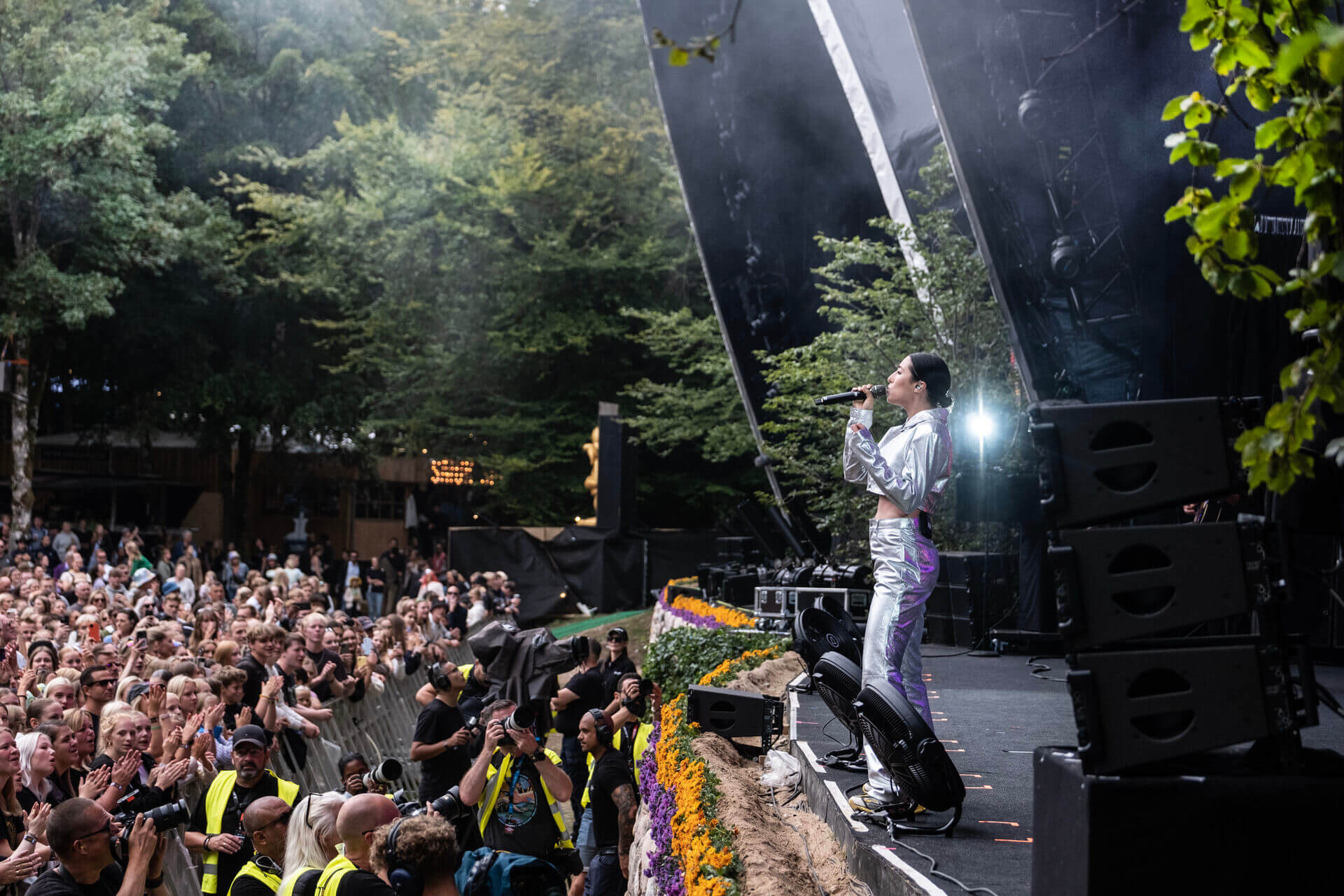

 Please whitelist us to continue reading.
Please whitelist us to continue reading.
Member comments